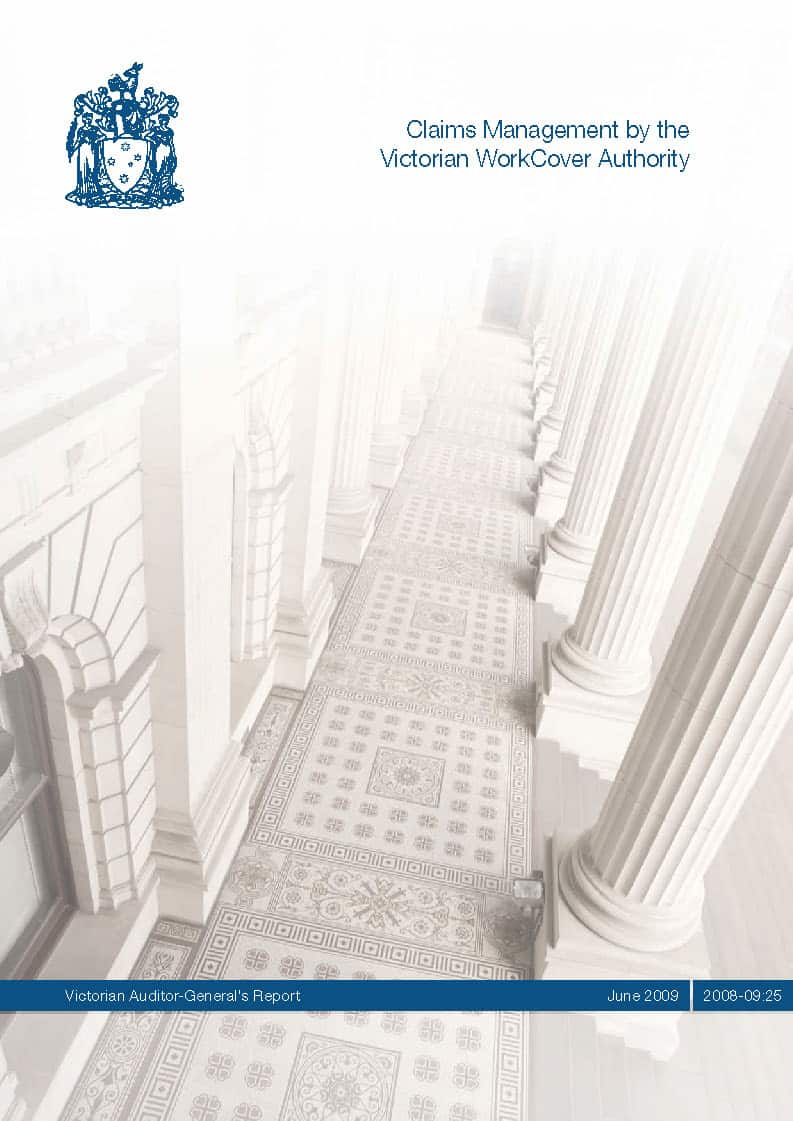Australia’s Environment Minister, Peter Garrett, has provided a clear indication that, although Julia Gillard may understand OHS, his department does not.
In 2009, several installers of domestic insulation died. One died from heat stress from working in the ceiling space, another was electrocuted as the metal staple he was using to install foil insulation pierced an electricity cable. Now the political heat is on the Australian Government because it was their climate change policy that led to a boom in unregistered and inexperienced insulation installers. Continue reading “Workplace deaths lead to reforms but not of workplace safety”

